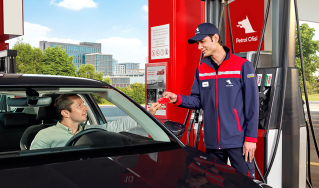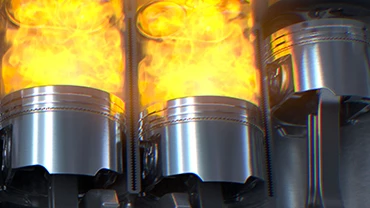So, where and how can you apply for the National Vehicle Identification System? To register, you must first complete the application process via utts.gov.tr. This involves creating an account, collecting all required vehicle and company documents, and making the necessary payment to the Turkish State Mint via the designated IBAN. Once your application is approved, you can contact one of the authorized installation companies accredited by the Turkish State Mint to have your Vehicle Identification Unit (TTB) installed. After installation, you can start purchasing fuel directly using your registered identification unit. According to the relevant articles of the Tax Procedure Law No. 213, companies required to transition to this system that fail to do so within the specified period may face administrative penalties.
You can also join UTTS easily through Petrol Ofisi by completing our UTTS Registration Form to begin the process.
Documents Required for UTTS Application
Here is a list of the documents needed to apply for UTTS registration:
- A copy of your company’s valid tax certificate
- A copy of the Trade Registry Gazette showing the company title and management details
- Vehicle license plate number and technical specifications of each vehicle requiring UTTS installation
- A copy of the company representative’s identification document





